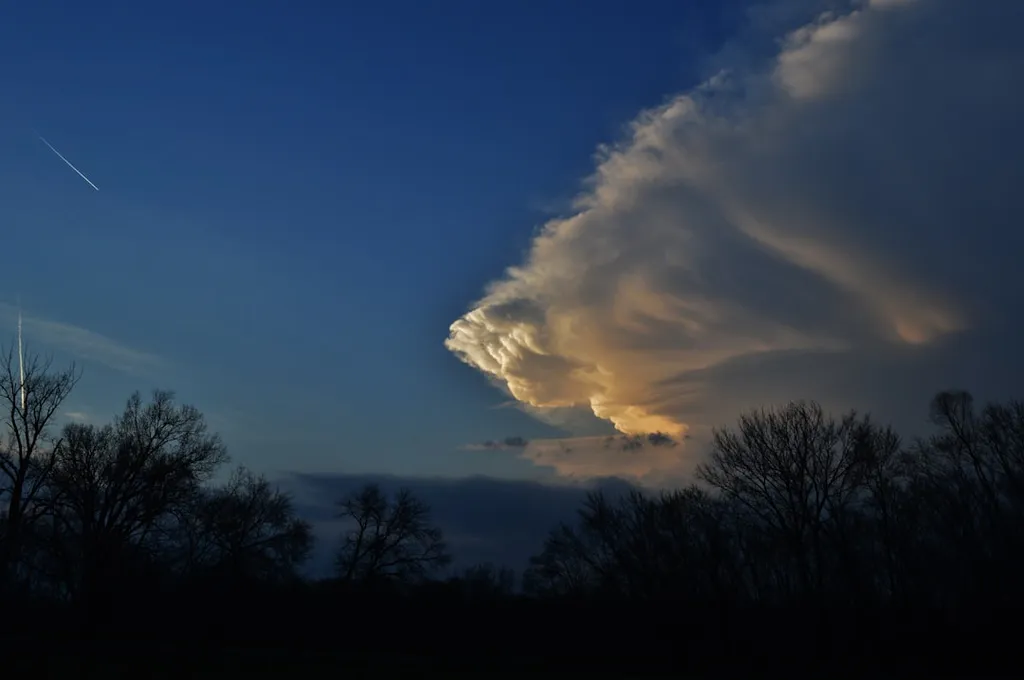In the heart of China’s wind energy sector, a groundbreaking study is set to revolutionize how we predict wind power generation, especially when the weather takes a wild turn. Bo Wang, a researcher at the National Key Laboratory of Renewable Energy Grid-Integration in Beijing, has developed a novel framework that promises to significantly enhance the accuracy of wind power forecasting under extreme weather conditions.
Wind energy is a cornerstone of the renewable energy landscape, but its intermittency poses a significant challenge. Accurate forecasting is crucial for grid stability and efficient energy management. While current techniques work well under normal conditions, extreme weather events—characterized by data scarcity and dramatic fluctuations—have long been a stumbling block. Wang’s research, published in the American Institute of Physics’ AIP Advances, aims to change that.
The key to Wang’s innovation lies in a hybrid approach that combines advanced machine learning techniques with meteorological insights. “The challenge with extreme weather is the lack of data and the rapid changes,” Wang explains. “Our framework addresses both issues by expanding small samples of extreme weather data and using a hybrid deep learning model to capture complex patterns.”
The framework begins by identifying the most sensitive meteorological factors using SHAP (Shapley Additive Explanations) theory. This step reduces redundancy in model inputs, ensuring that only the most relevant data is used. Next, a conditional generative adversarial network (GAN) is employed to expand the small samples of extreme weather data. This overcomes the data scarcity issue and improves the model’s training efficiency.
But the real magic happens with the hybrid deep learning model. Wang’s team combines a convolutional neural network (CNN) with a bidirectional long short-term memory (BiLSTM) network and an attention mechanism (AM). The CNN captures local features, while the BiLSTM network handles long-term temporal trends. The attention mechanism further enhances the learning of key temporal features, leading to more accurate forecasts.
The results speak for themselves. In a case study using a wind power dataset from Liaoning, China, Wang’s framework reduced the mean absolute error (MAE) by 52.29% and increased the R-squared value (R2) by 0.0625 under windy conditions. For low-temperature weather, the MAE was reduced by 64.29%, and R2 increased by 0.0462. These improvements are a game-changer for the energy sector, where even small gains in forecasting accuracy can lead to significant commercial benefits.
The implications of this research are far-reaching. As the world continues to shift towards renewable energy, the ability to accurately forecast wind power generation will become increasingly important. Wang’s framework could help energy companies better manage their resources, reduce costs, and improve grid stability. It could also pave the way for more ambitious wind energy projects, even in regions with extreme weather conditions.
Moreover, the hybrid deep learning approach used in this study could inspire similar innovations in other areas of renewable energy forecasting. As Wang puts it, “The potential is enormous. We’re just scratching the surface of what’s possible with these technologies.”
The study, published in the American Institute of Physics’ AIP Advances, is a significant step forward in the field of wind power forecasting. As the energy sector continues to evolve, innovations like Wang’s will be crucial in shaping a more sustainable and efficient future. The next time a storm rolls in, energy companies might just have a new tool to keep the lights on.

